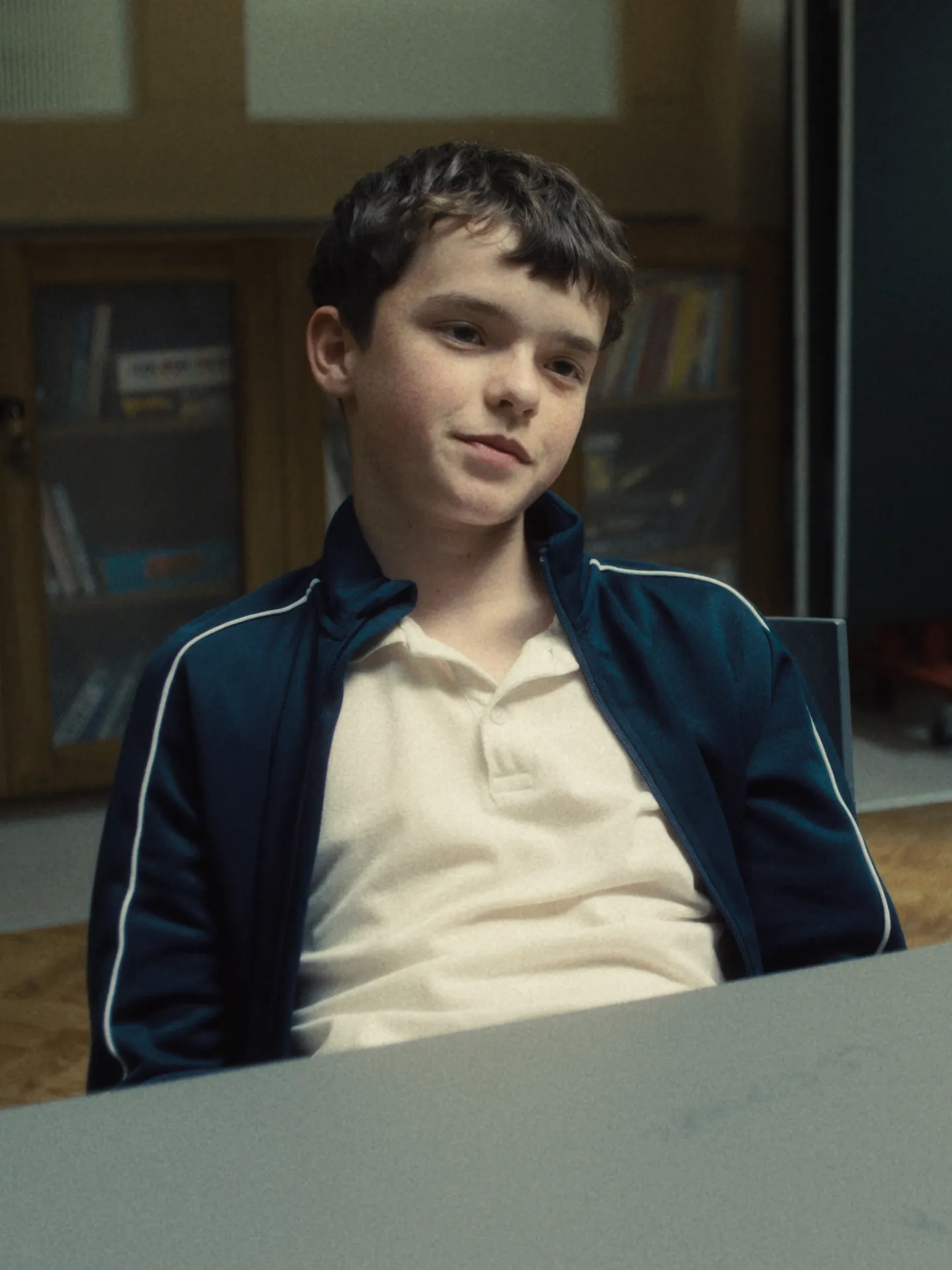Netflix’s adolescence is impressing viewers in a big way. In barely three weeks of release, the show has risen to the top ten of Netflix’s most popular series of all time. According to Netflix, Adolescence has received 96.7 million views to date, including 30.4 million (alone) this week. Not only that, but the series reached the top ten in all 93 countries. Adolescence is now ranked ninth among Netflix’s top ten series of all time. Meanwhile, Stranger Things (Season 3) rounds out the top ten.
About Adolescence
Everyone is talking about Adolescence, a television drama about toxic masculinity that has sparked a long-running social and political controversy. However, only a few people are discussing what the hit show indicates about the real-time crisis brewing in the British television industry, which also deserves to be discussed.
Adolescence exemplifies everything public service broadcasting should be: hard-hitting programming about individuals who are frequently overlooked in TV dramas – in this example, white working-class families in the north – and which is addressed at the school gate and in parliament. After its British writer, Jack Thorne, met with Keir Starmer in Downing Street, it was announced that Adolescence will be made available for free in all UK secondary schools.
Exposure to Toxic Digital Culture

One of the main reasons Adolescence is making news is its uncensored depiction of the manosphere. It is a large network of online forums that promote hypermasculinity and sexism. Jamie, after being bullied and rejected, stumbles into forums that perpetuate the notion that women are to blame for his problems. These forums, frequented by self-identified “incels” (involuntary celibates), generate a growing disdain of women and mainstream society.
According to a CNN study, such communities create echo chambers that reinforce damaging worldviews using coded language and pseudo-scientific arguments. The series skilfully dramatises this process, demonstrating how quickly young, naive males may become radicalised online. The accuracy of this representation has startled viewers, many of whom are only now learning about the prevalence of these digital subcultures.
Parent and Teacher Reactions to Adolescence
The performance has hit home with parents and educators, with many taking to social media to express their concerns. According to the BBC, some schools have begun to incorporate conversations about adolescence into their syllabi. They are using it as a tool to assist students detect the warning signs of radicalism.
Experts, including child psychologists and internet security activists, have commended the show for promoting uncomfortable but necessary discussions. Adolescence helps parents and teachers understand the obstacles adolescent guys encounter when navigating internet sites. By exactly putting these topics into popular discourse.






Be First to Comment